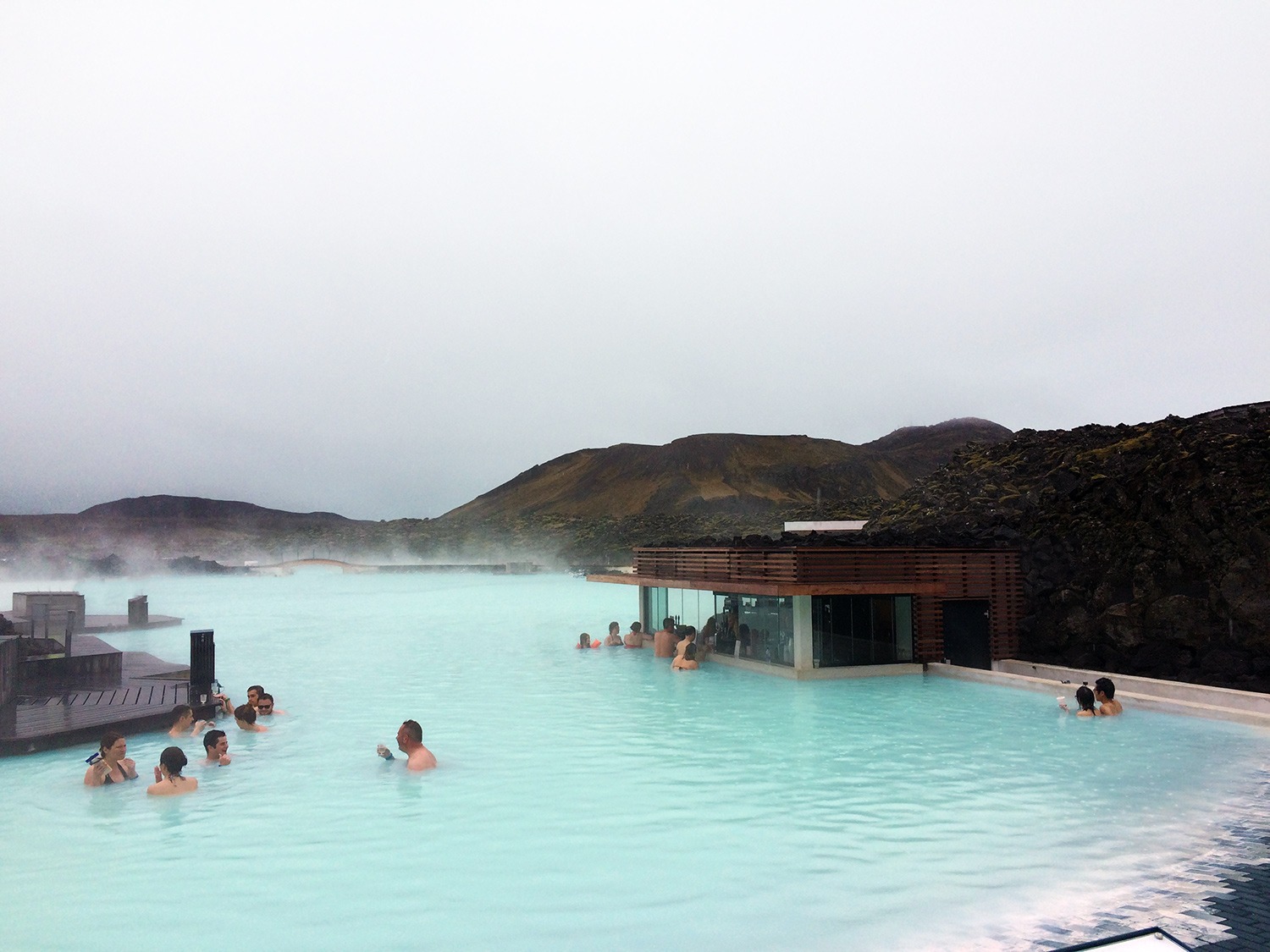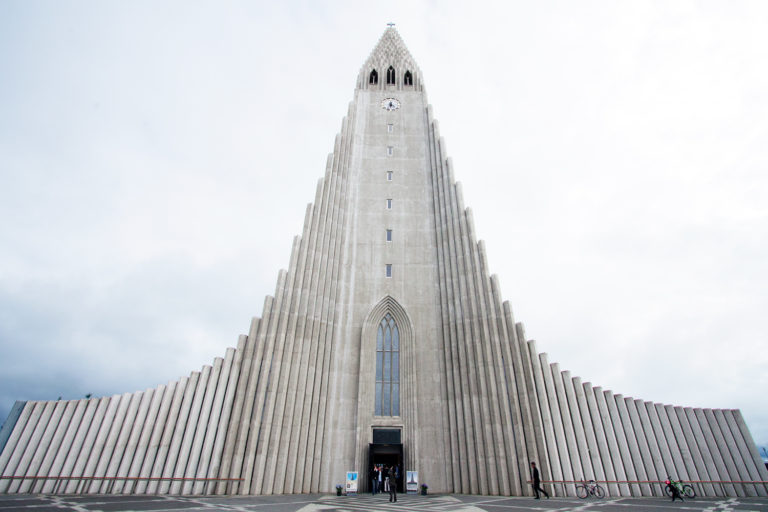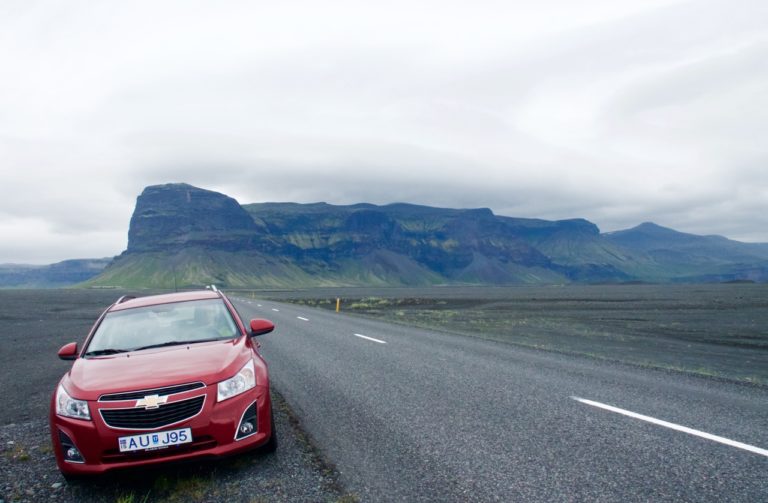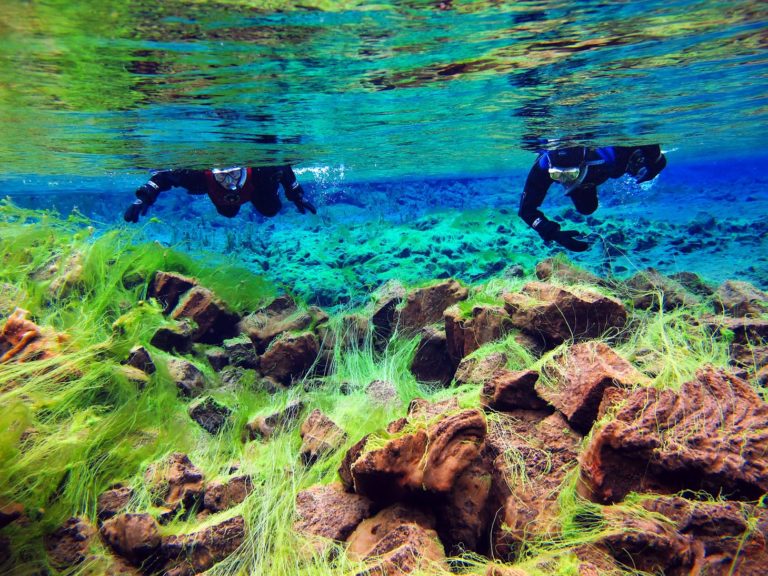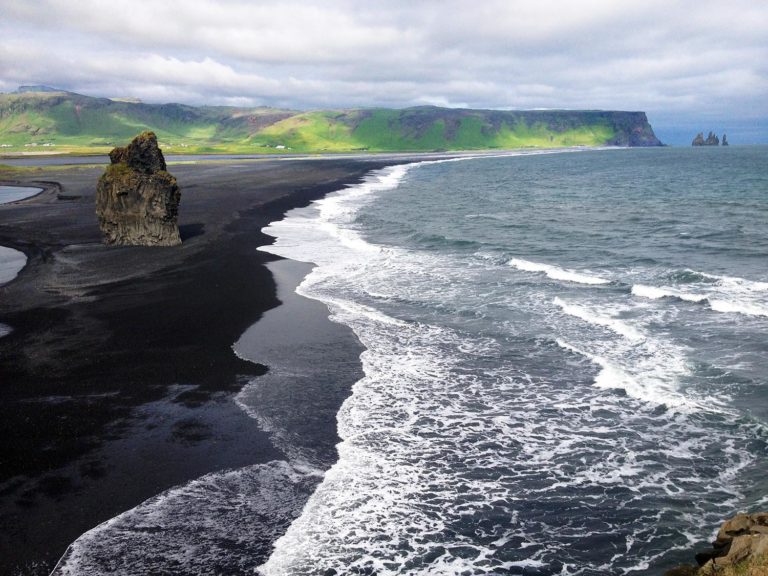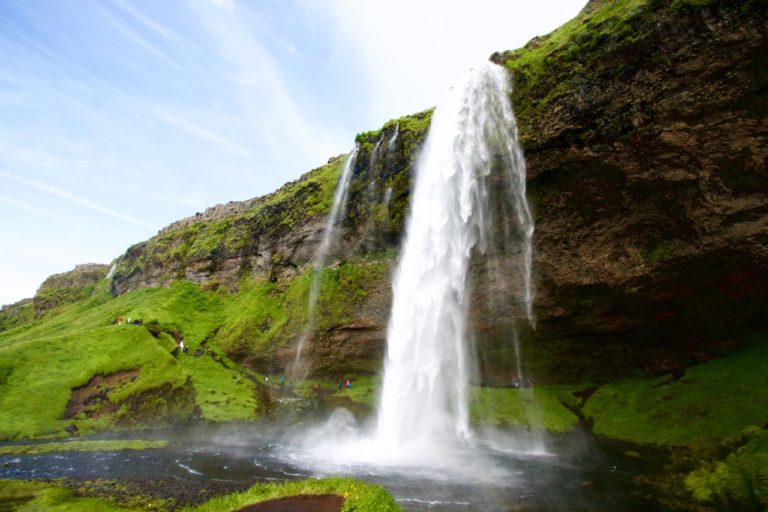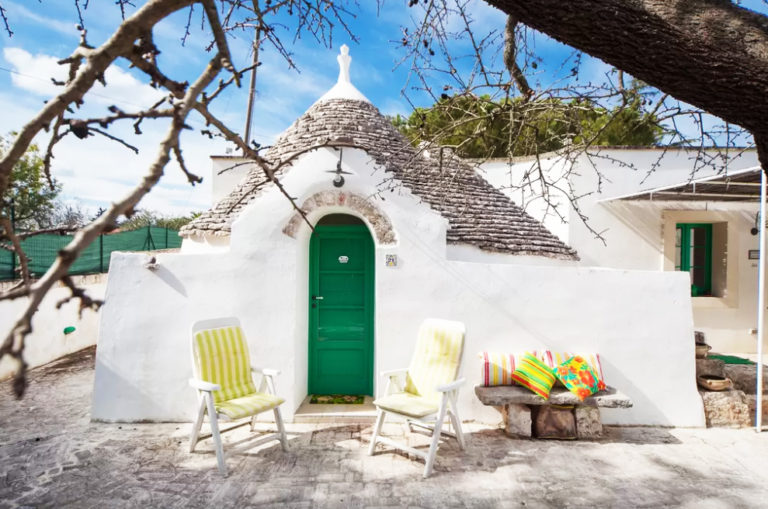Yes, the blue lagoon is touristy – you should still go
The Blue Lagoon, located in the otherworldly landscape of Grindavík and nestled amidst a field of black lava rocks, stands as a testament to Iceland’s geological prowess. Due to being featured in pretty much every guide book, it has become synonymous with the country’s natural wonders. Yet, as its popularity has soared, so has the debate surrounding whether this iconic destination is, in fact, a tourist trap.
Just how well does the Blue Lagoon navigate the fine line between tourist hotspot and natural haven? Is the B-corp certification worth anything?
Why is the Blue Lagoon blue?
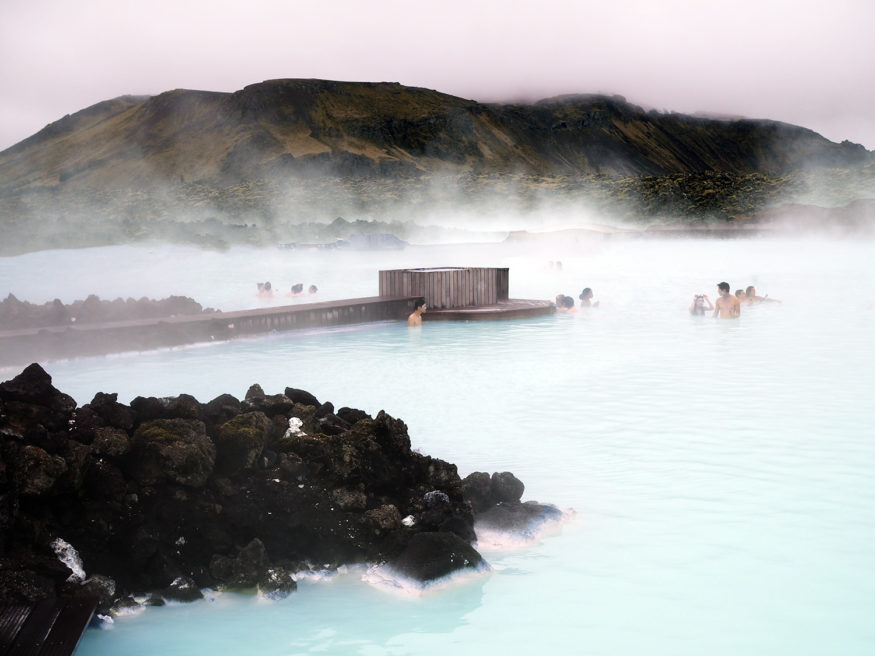
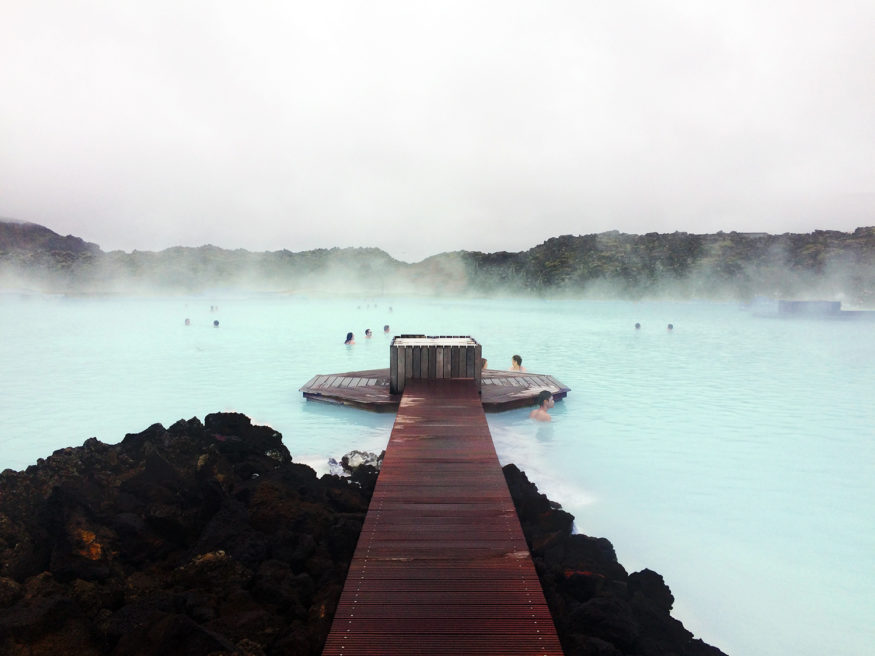
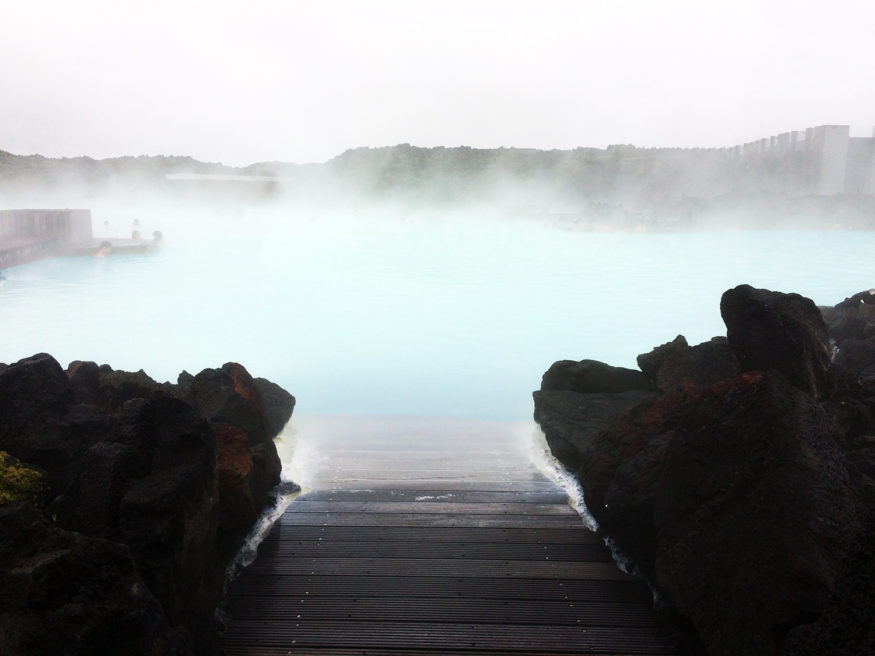
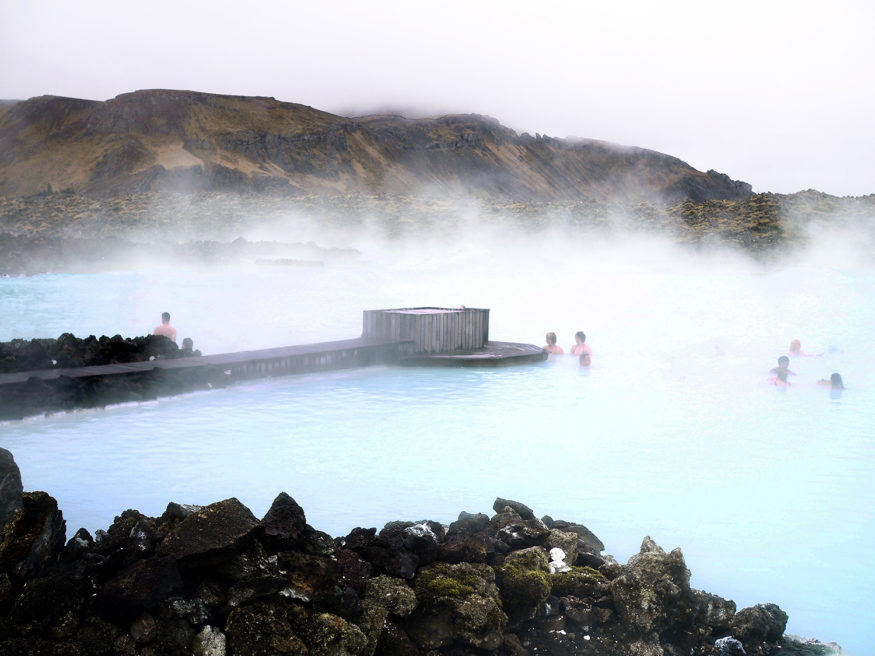
The geothermal spa seamlessly blends natural wonder with man-made ingenuity. Indeed, contrary to popular belief, the Blue Lagoon is not entirely a product of Mother Nature’s whims. It’s not your run-of-the-mill hot spring!
It originated in 1976 as a byproduct of the nearby Svartsengi geothermal power plant, which sources geothermal energy 2,000 meters below the surface. The plant’s discharge of mineral-rich water, primarily silica and sulfur, formed a striking blue-hued reservoir, giving birth to the now-famous Blue Lagoon.
The distinctive milky blue-green color of the water in the Blue Lagoon is attributed to the presence of silica, which later settles as white mud on the lagoon’s floor. Research even indicates that the silica-rich mud found in the lagoon has beneficial effects on various skin conditions, such as psoriasis.
+
iceland travel tips
What is there to do at the Blue Lagoon?
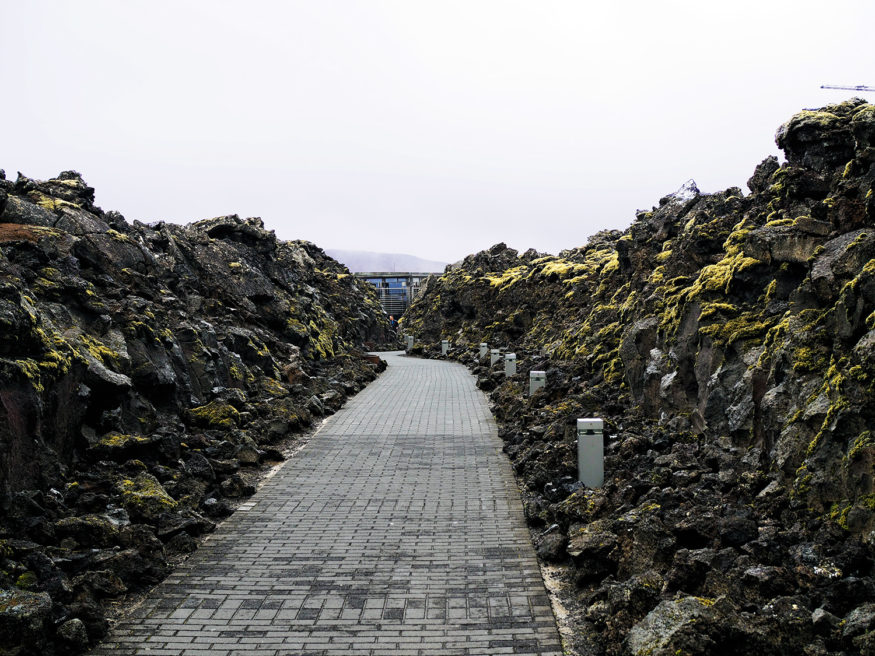
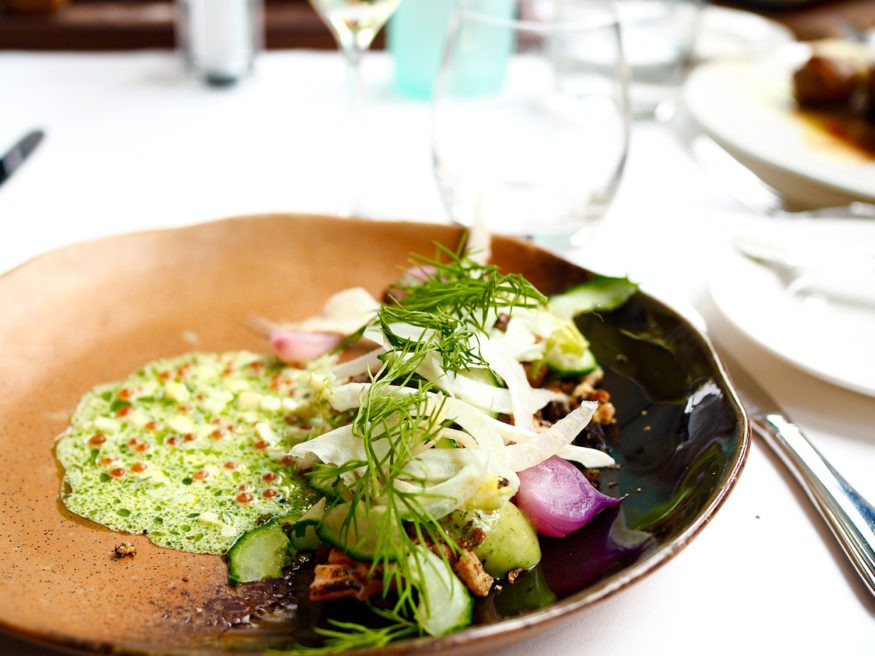
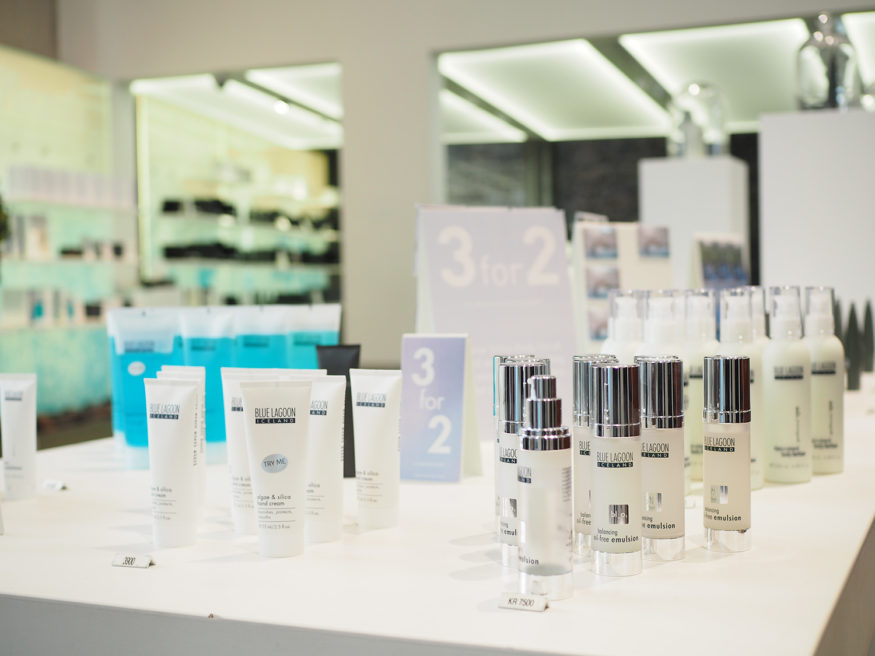
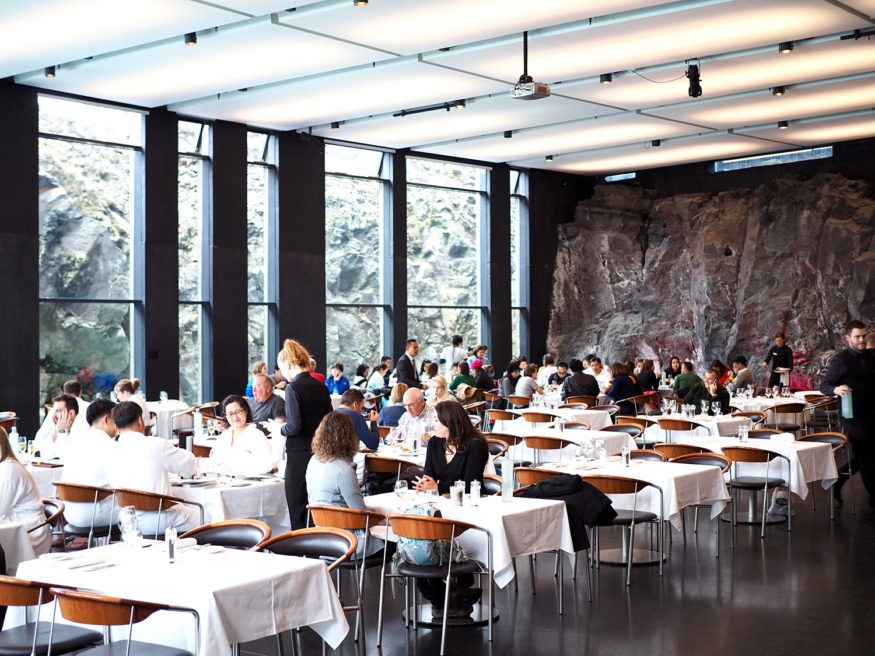
The Blue Lagoon offers a range of activities and experiences for visitors to enjoy on site, aside from the obvious silicar bath and mud masks. In fact, you could spend a whole day here if you wanted to!
- In-water Massages: Try their unique in-water massage and float therapy services, where you can enjoy a soothing treatment in a tranquil setting.
- Retreat Spa: Be sure to visit their saunas and steam rooms with varying temperatures. You can even enhance your visit by participating in their various rituals, which include skin care routines and relaxation exercises designed to maximize the therapeutic benefits of their geothermal waters.
- Silica Bar: Adjacent to the main lagoon, there’s a silica bar where you can enjoy a refreshing drink while floating in the water. One drink is included in the regular ticket price.
- Exploration: Explore the picturesque surroundings of the Blue Lagoon and take in the rugged beauty of the striking volcanic landscape of the Reykjanes peninsula. The lagoon is nestled in a lava field, a truly unique and unforgettable setting.
- Restaurants: Dine at LAVA, the on-site restaurant, where you can enjoy Icelandic cuisine with a modern twist and panoramic views of the lagoon. There are 3 other on-site restaurants to choose from.
- Silica Hotel: Extend your escapade by staying at the Blue Lagoon’s luxurious and stunningly designed hotel with direct access to the lagoon.
- BL+ skincare products: Of course, any tourist attraction worthy of the name has a well-stocked boutique where you can shop. The Blue Lagoon is no exception, with a variety of customized, medically approved products, from eye creams to moisturizers.
Is the Blue Lagoon a tourist trap?
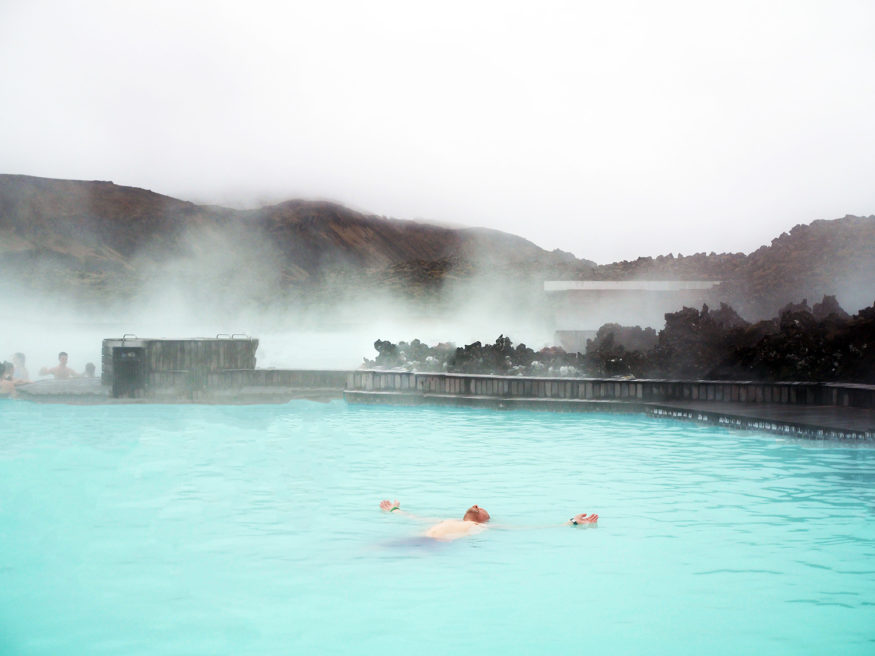
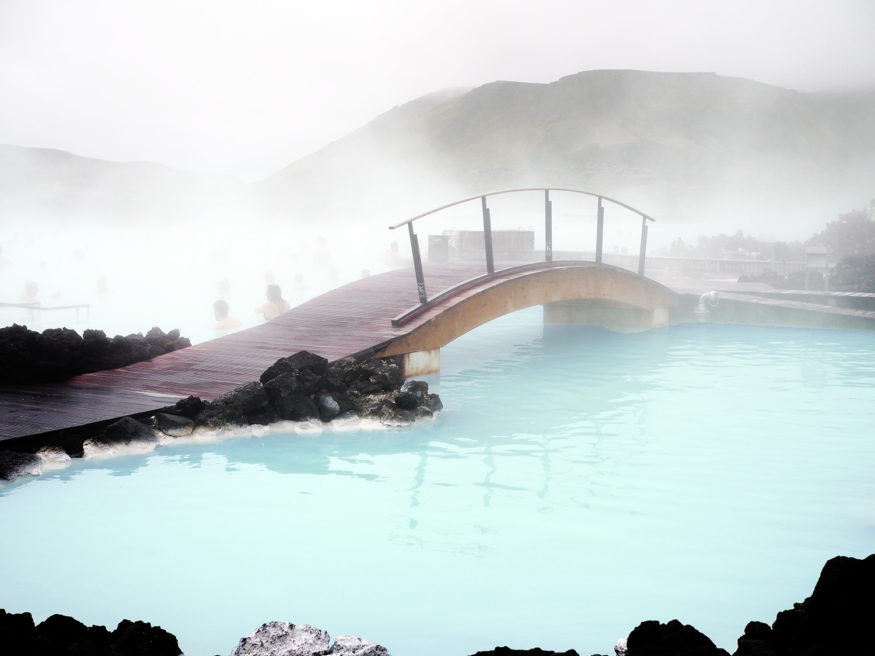
The categorization of the Blue Lagoon as a “tourist trap” depends on one’s perspective and expectations. While the Blue Lagoon is undoubtedly a highly popular destination, drawing visitors from around the world, it’s essential to recognize the reasons behind its fame. However, hefty entrance fees, crowded spaces, and the need to plan visits well in advance can contribute to the perception of it being a tourist-centric site.
But if you’re asking me what I think… the Blue Lagoon in all its touristy glory is still an Icelandic must-do. There, I said it.
In addition, the lagoon’s convenient location near Keflavík International Airport makes it a convenient and time-efficient geothermal experience – an ideal first or last stop. Visitors who are only in Iceland for a short time, such as on an extended layover, can indulge in the rejuvenating waters without having to travel too far.
Embrace the crowds, lather on that silica mask, and let the magic of this geothermal wonder whisk you away to a world where relaxation, natural beauty, and a touch of touristy fun collide in perfect harmony.
+
iceland travel tips
Alternative geothermal spas in Iceland
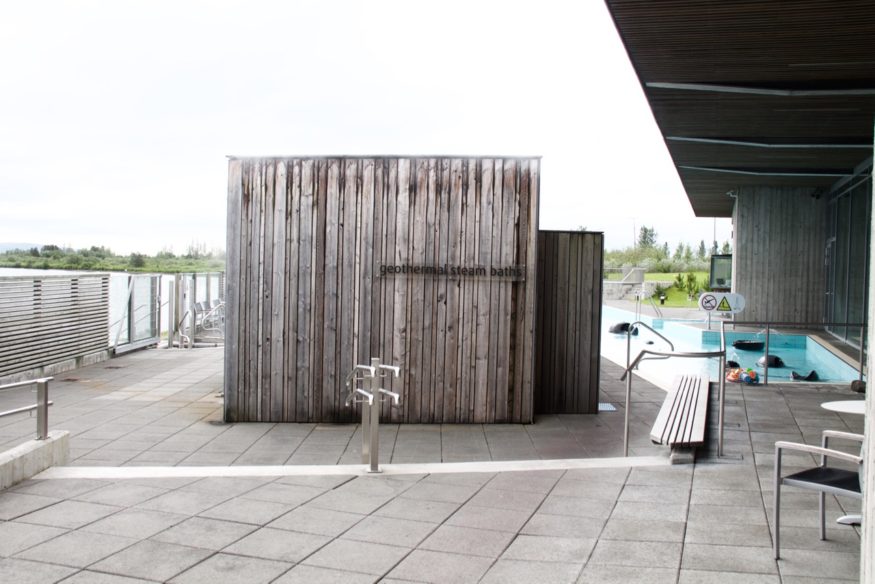
For those seeking a unique geothermal spa experience in a spectacular setting, the Blue Lagoon remains a must-visit. However, travelers looking for a more secluded or off-the-beaten-path encounter with Iceland’s geothermal wonders may opt for less frequented alternatives.
- The Sky Lagoon, situated a mere 15-minute drive from Reykjavik
- Hvammsvik Hot Springs, providing panoramic views of Hvalfjörður, just an hour north of Reykjavik. There’s even a hotel on site!
- The Fontana Spa, conveniently nestled in the small village of Laugarvatn along the Golden Circle circuit
- The Myvatn Nature Baths, located an hour east of Akureyri
- Krauma Spa in Borgarfjörður, found in west Iceland and powered by the waters of Europe’s highest-flowing hot spring, Deildartunguhver
- GeoSea Baths in Husavik, featuring cliffside pools with breathtaking views of Skjálfandi Bay, a popular spot for whale watching
- Vok Baths in East Iceland, offering a unique experience with its floating pools

